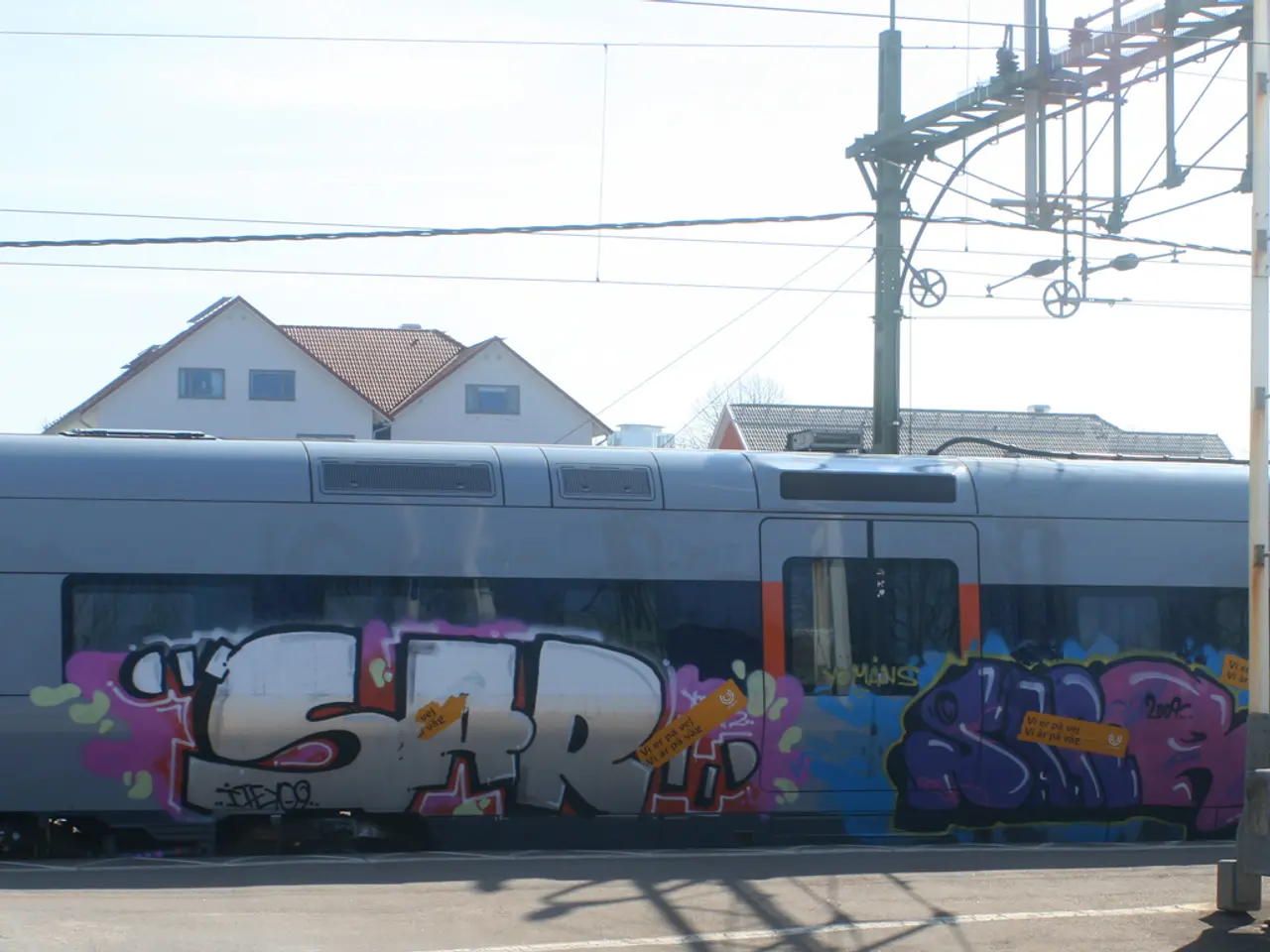German Railways Disputes Seat Removal Claims in Long-Distance Traffic
German Railways denies the claimed cancellation of seating arrangements
In a twist of events, German Railways (Deutsche Bahn) debunked reports suggesting the removal of thousands of seats in long-distance traffic. The state-owned company aims to enhance its seat offering by modernizing and renewing its fleet, with no intention of slashing seats.
Initially, a report spread the rumor of Deutsche Bahn planning to cut 21,000 seats in long-distance traffic. However, the company swiftly refuted the claims, stating, "Deutsche Bahn is not planning to remove 21,000 seats in long-distance traffic. In reality, the number of seats available to our passengers will increase by 2036."
The company's statement comes in response to a "Spiegel" report that analyzed a confidential company document. The document supposedly indicated Deutsche Bahn's plans to decrease the number of seats in long-distance traffic from the current 265,000 to 244,000 by 2036.
Deutsche Bahn clarified that the numbers reported by the "Spiegel" referred to seats in the fleet, encompassing those on older Intercity trains that are rarely used, rather than the seats available daily. The strategy involves phasing out older and faulty vehicles, ensuring the availability of reliable service for passengers.
Contrary to the misleading reports, the focus remains on revitalizing and modernizing the fleet to maintain operational stability. As for the ICE fleet, there will be a significant increase in the number of daily seats offered to passengers in the coming years.
It's worth noting that while Deutsche Bahn is the central figure in the ongoing narrative of European rail expansion, the idea of reducing seats in long-distance traffic is not substantiated by the available evidence. Instead, the trend leans towards expanding and modernizing rail services, including night trains with innovative designs operated by new players, which may offer a wider spectrum of passenger accommodation options—a far cry from the reports of seat removal.
[1] Despite the ongoing rumors, the emphasis on expanding connections and new service types across Europe points towards an increase in seating and passenger options rather than a reduction in seats on Deutsche Bahn's long-distance trains. The goal of enhancing service quality and accommodating the growing demand for travel should ultimately trump any unfounded reductions in seat capacity.
The ongoing rumors regarding seat removal in Deutsche Bahn's long-distance trains appear to be unfounded, as the company's focus lies in expanding connections and improving service quality across Europe. This results in an increased seating capacity and a wider range of passenger accommodation options, contradicting reports suggesting reductions.
In addition, the community policy and employment policy of Deutsche Bahn aim to revitalize and modernize the fleet, ensuring the availability of reliable service and accommodating the growing demand for travel in the finance, transportation, and automotive industry.




